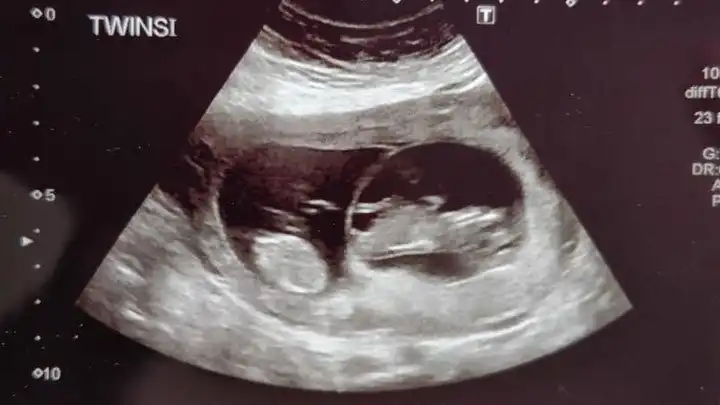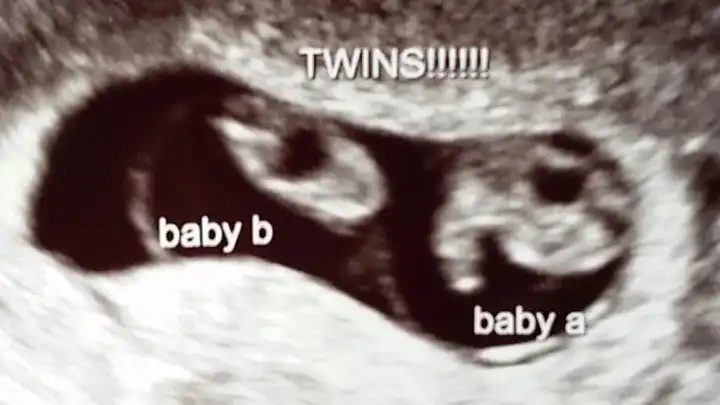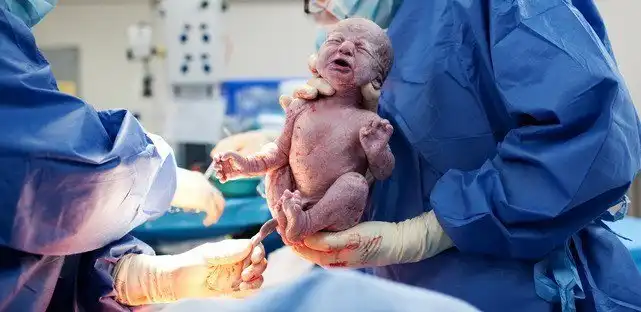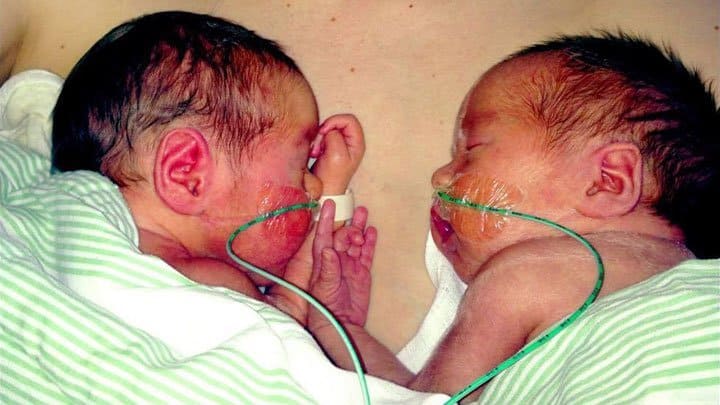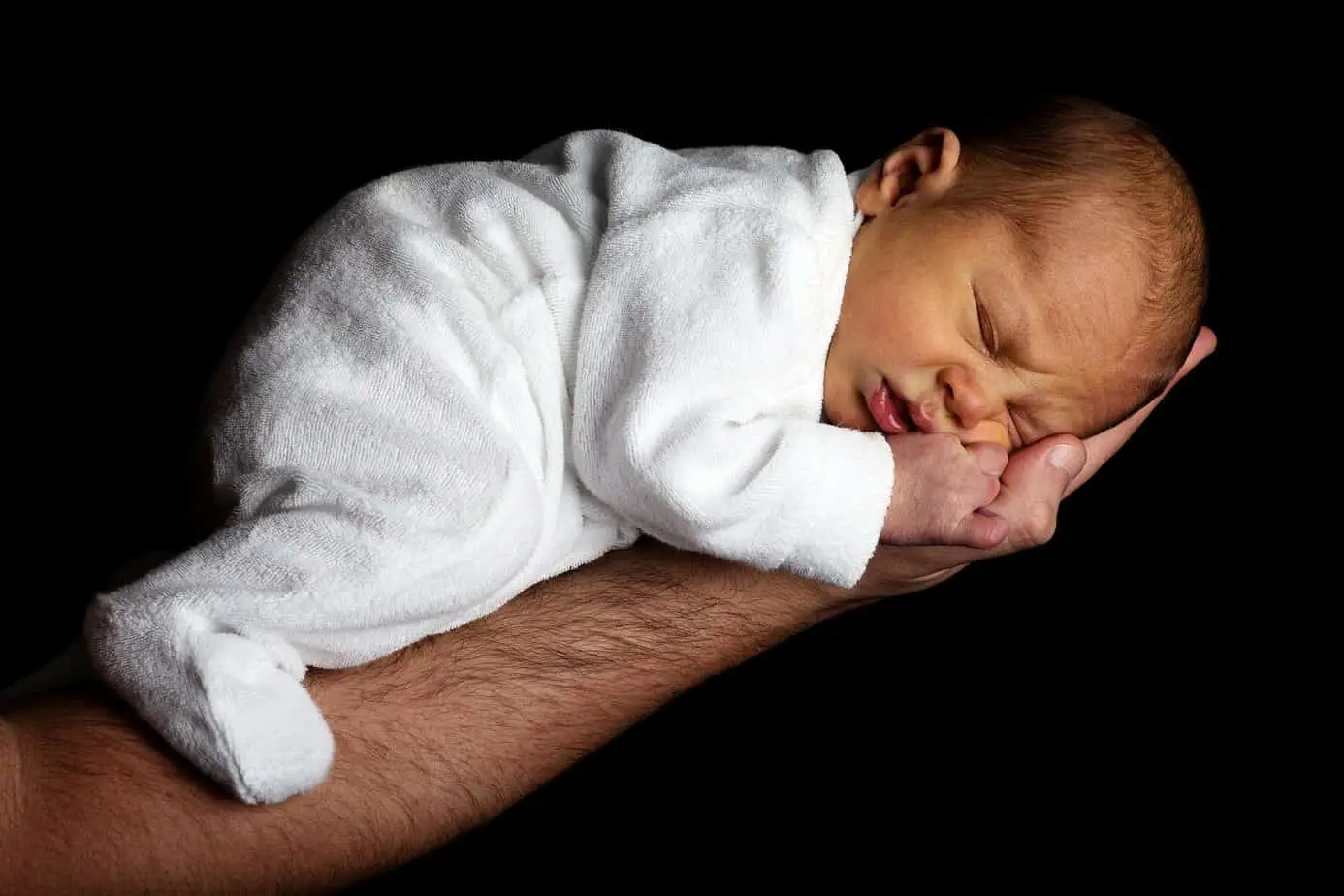Researchers Explore Low Twin Birth Weight & Loss
A 2017 study set out to examine the association between low birth weight and mortality in twins shortly before and after birth. The results were published in Ultrasound in Obstetrics & Gynecology. 10.877 twin pregnancies were included in the study. Both dichorionic and monochorionic twins participated. Dichorionic twins have separate placentas. Monochorionic twins share a placenta. Pregnancies affected by Twin to Twin Transfusion Syndrome (TTTS) were excluded from the study. TTTS can only affect monochorionic pregnancies.
Loss late in pregnancy
- In dichorionic twins, the overall risk of a loss late in pregnancy was higher in twins with a growth discordance greater than 15 percent. There wasn’t a higher risk of neonatal death – the neonatal period is the interval from birth to 28 days of age. If a birth weight discordance was identified, the smaller twin was at higher risk of mortality compared to the larger twin.
- In monochorionic twins, the overall risk of a loss late in pregnancy was higher in twins with a growth discordance greater than 20 percent. Twin pregnancies with a weight discordance greater than 25 percent were also at higher risk of neonatal death. The risk of loss late in pregnancy was higher when considering only discordant pregnancies containing at least one twin who was small for his or her gestational age. The overall risk of mortality was not different between the smaller and larger twin except for a weight discordance greater than 20 percent.
Small for gestational age
The researchers concluded that dichorionic and monochorionic twin pregnancies with a growth discordance are at higher risk of loss late in pregnancy, but not loss after birth, compared to concordant twins. The risk of loss late in pregnancy in discordant dichorionic and monochorionic twins is higher when at least one baby is small for his or her gestational age.
